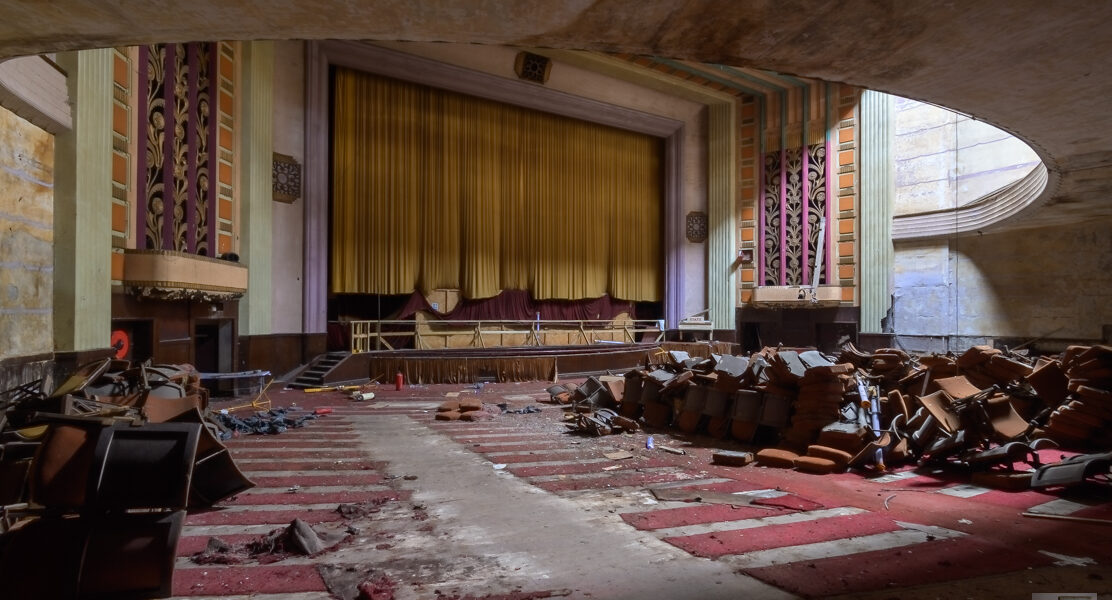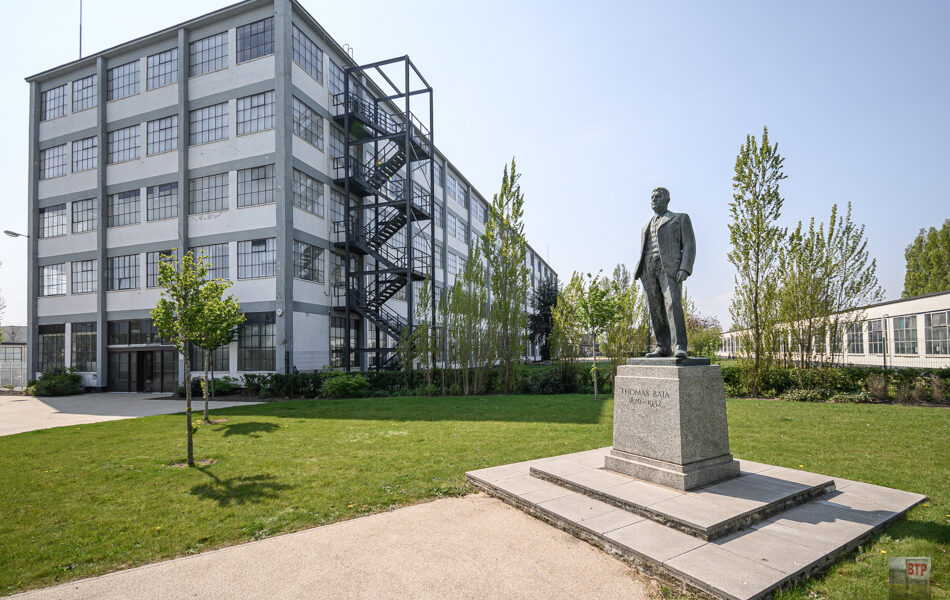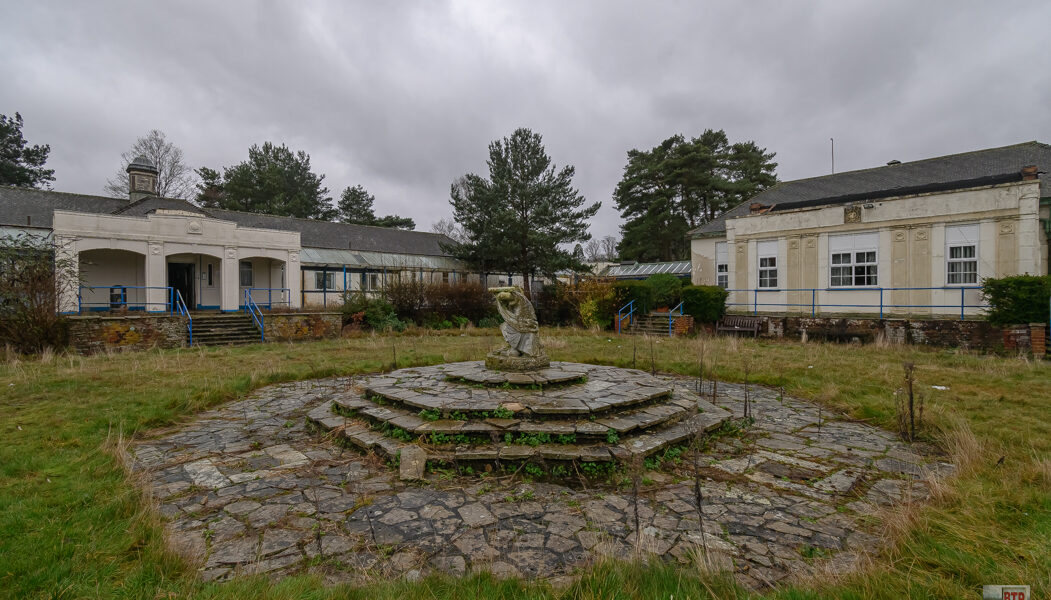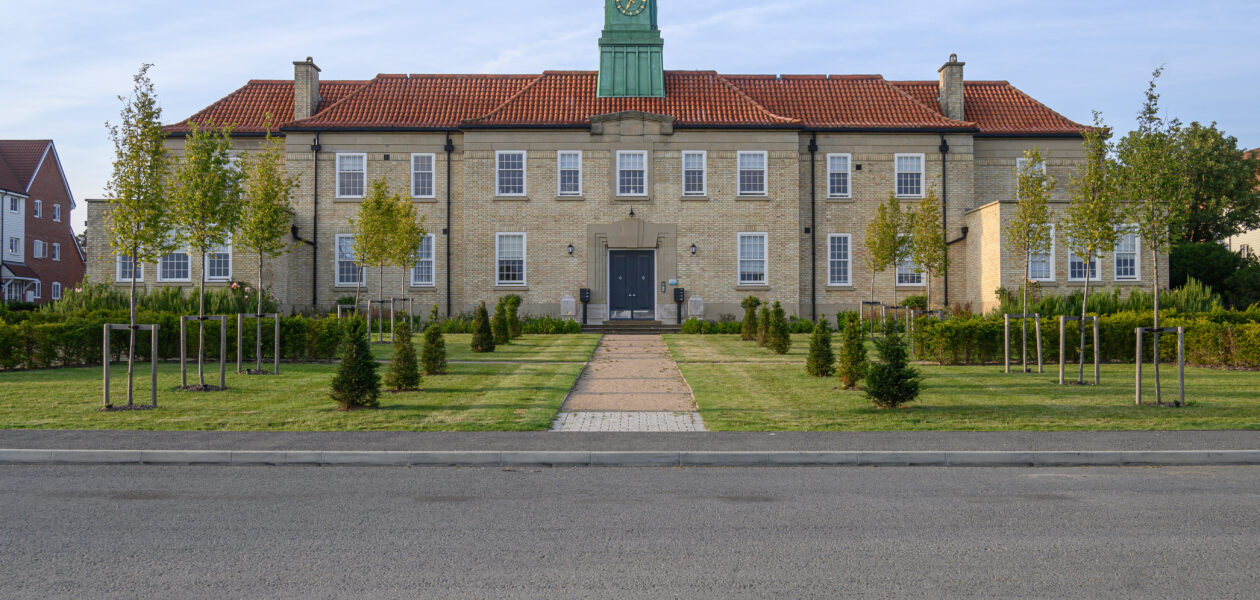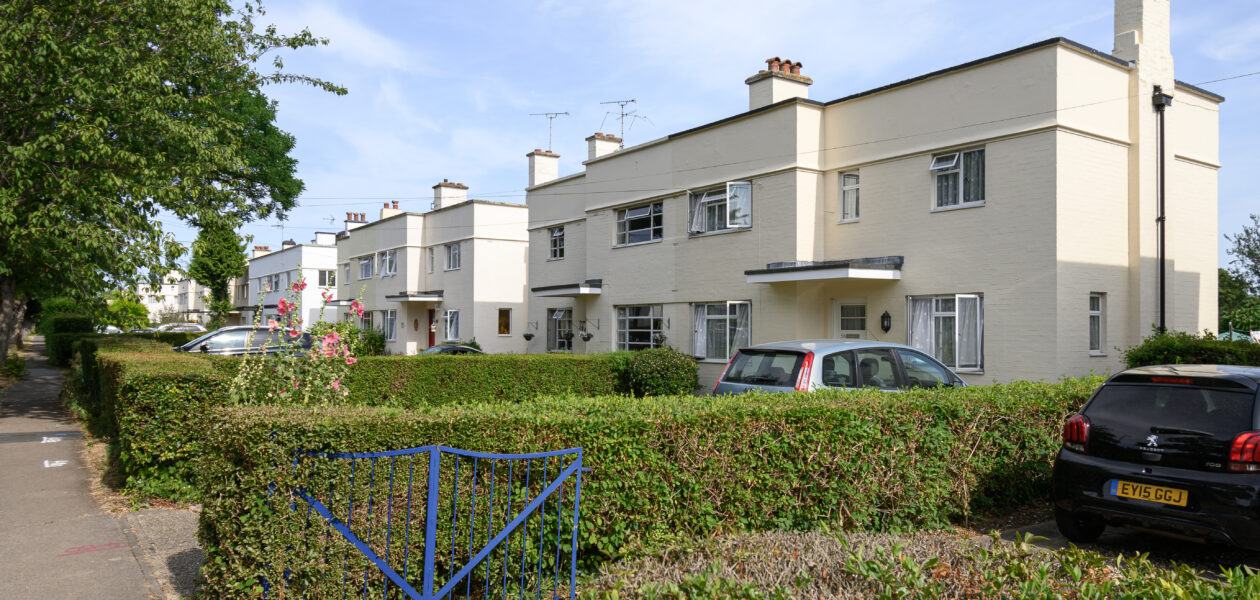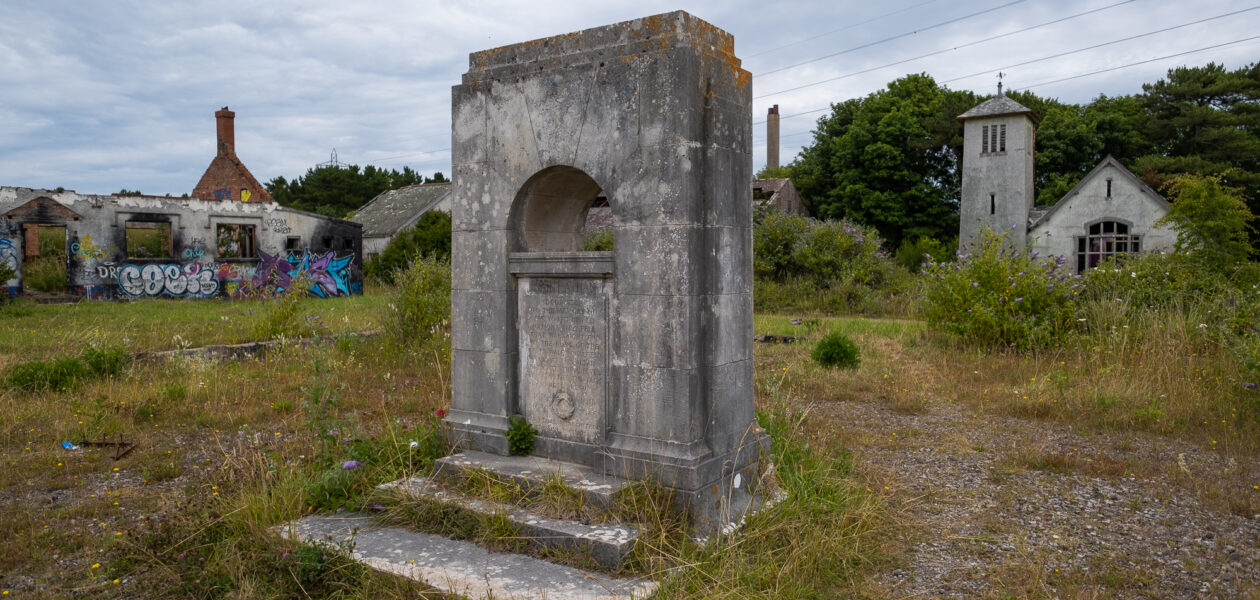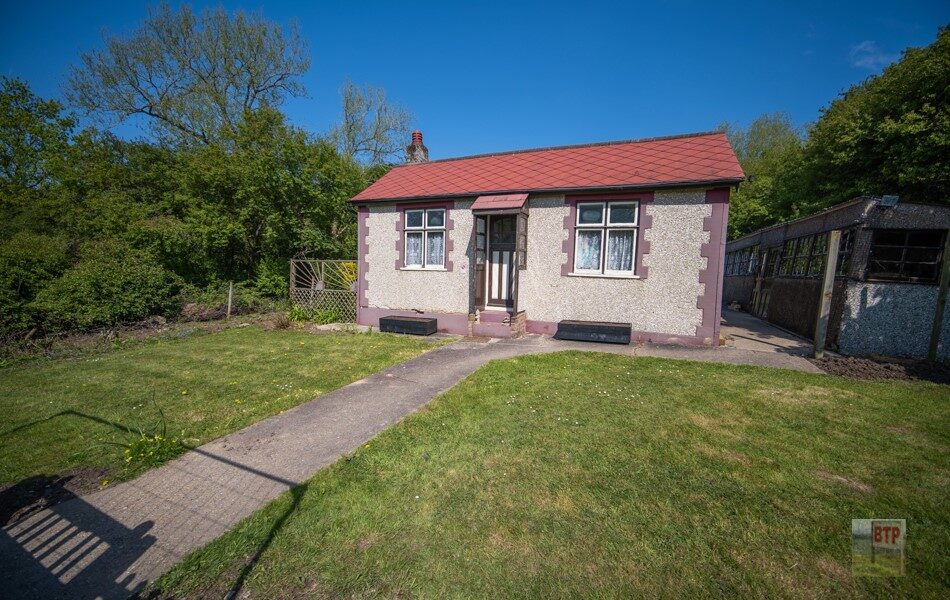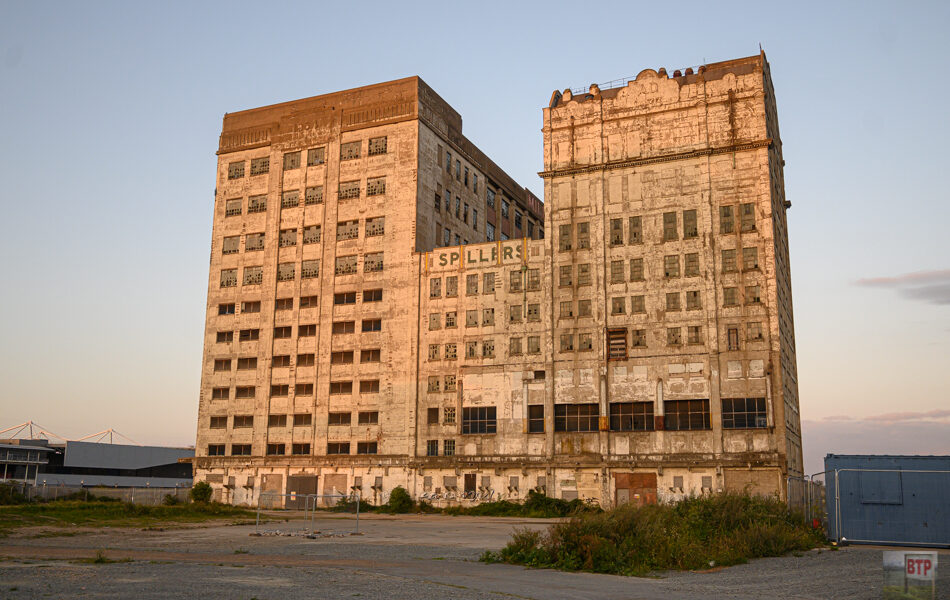State Cinema, Grays
The Esse theatre was constructed in the 1930s – no surprise given its style, and was officially opened on the 5th of September 1938, with ‘The Hurricane’ being the first film to be projected onto the cinema screen. The huge cinema had seats for 2,200 theatre goers and even had a 50 seater restaurant on…
View More
